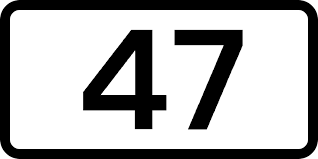Understanding ‘Him’ in Today’s Society
Introduction
The term ‘him’ is a simple yet significant pronoun that plays a crucial role in communication across various contexts, from personal conversations to media representations. Its usage reflects deeper societal values, cultural norms, and even gender dynamics. In today’s fast-evolving landscape, understanding its implications is essential for fostering inclusive dialogues.
Main Body
1. The Role of Pronouns in Language
Pronouns are fundamental to the structure of language. ‘Him’ serves not only as a reference to male individuals but can also be part of a broader conversation regarding identity and gender inclusivity. With the rising awareness around gender pronouns, the correct usage of terms like ‘him’ signifies respect and acknowledgment of one’s identity.
2. Impact on Social Dynamics
The use of ‘him’ extends beyond mere grammar; it affects perceptions in social interactions. In many cultures, traditional gender roles can influence how individuals relate to and identify with male figures in different contexts, whether as leaders, family members, or friends. Understanding this dynamic can open pathways to more equitable conversations about gender roles.
3. Him in Pop Culture and Media
The representation of male characters in media often shapes societal views. Characters referenced with ‘him’ can become symbols of specific ideals or stereotypes. For example, depictions of heroes, fathers, or even villains often use the pronoun ‘him’ to communicate traits or behaviors associated with traditional masculinity, thus impacting audience perceptions of masculinity in society.
Conclusion
The significance of the pronoun ‘him’ transcends basic linguistic function—it’s intertwined with evolving societal narratives about gender and identity. As conversations around gender continue to expand, the way we use and understand ‘him’ will likely evolve as well. Readers are encouraged to reflect on their language choices and consider how these choices can promote inclusivity and respect within our diverse communities. Understanding and adapting our language usage can contribute to a more equitable society where everyone feels acknowledged and valued.









